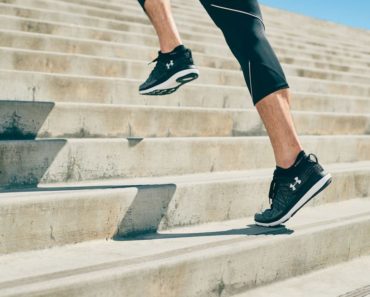
Lack of time is one of the most oft-cited excuses for skipping exercise. To be sure, finding more than a few spare minutes at a time to devote to physical activity each day can be next to impossible. But sometimes a few spare minutes are all you need — add them all up, and they can make a difference. The issue of time, or the lack thereof, has given rise to the micro-walk trend, which involves taking several short walks throughout the day rather than devoting one large chunk of time to exercise. For many, this is both physically and logistically easier than a longer walk. While there is mounting evidence to support this practice, we explore some of the pros and cons below.
THE PROS OF MICRO-WALKS
THEY’RE EFFECTIVE
Research supports the claim that sitting for prolonged periods of time is bad for your health and that you should get up periodically throughout the day for short walk breaks to dramatically improve the cardiovascular risks associated with sitting. What’s more, some studies have even suggested that breaking up daily walks into smaller segments — such as three 10-minute walks — works better for regulating things like blood pressure as opposed to one single 30-minute walk.
THEY’RE ACHIEVABLE
In terms of available time, walks broken up into shorter increments throughout the day are often more realistically achievable. Whether you have a few minutes on your lunch break or a small window of time between appointments, micro-walks can be a whole lot easier to get done than a longer session. What’s more, if you’re working to get into shape, shorter bouts of exercise may simply feel better than pronged workouts.
SOME WALKING IS BETTER THAN NONE
Studies have demonstrated that getting up and moving just 75 minutes a week — or 11 minutes a day — has the potential to combat the symptoms associated with arthritis, like stiff and aching joints. While the American Heart Association recommends 30 minutes a day, there’s no doubt that even a few very short walks are better than nothing at all.
READ MORE > THE 7-DAY WALKING PLAN
THE CONS OF MICRO-WALKS
EQUIPMENT CAN BE A CHALLENGE
If you hope to sneak in smaller walks during the day, it means that you must have appropriate footwear handy at all times. This may mean stashing a pair of walking shoes under your desk at work or in the trunk of your car. If the walk is short enough, more formal footwear may suffice, but be careful not to log too many steps in your work shoes.
YOU HAVE TO REMEMBER TO TAKE MULTIPLE WALKS
The beauty of taking a single, longer walk is that you can log those steps and then check exercise off your daily to-do list. Breaking the walk up into shorter bouts means you’ll have to remind yourself to squeeze them in throughout the day. The good news is that if you can build this approach into your routine by parking farther away or sneaking in a regular lunchtime jaunt, it becomes less likely that you’ll forget.
IT’S EASY TO GET SIDETRACKED
In addition to forgetfulness, having to schedule several walks throughout the day means there are multiple opportunities to get sidetracked. If you can get into the habit of having a walk be your go-to activity anytime a few minutes open up in your schedule, this is easily avoidable. It’s all about building these micro-walks into your lifestyle. Pretty soon this small chore will become a habit.
The post Get Results from Micro-Walks appeared first on Under Armour.
(via MyFitnessPal Blog)






